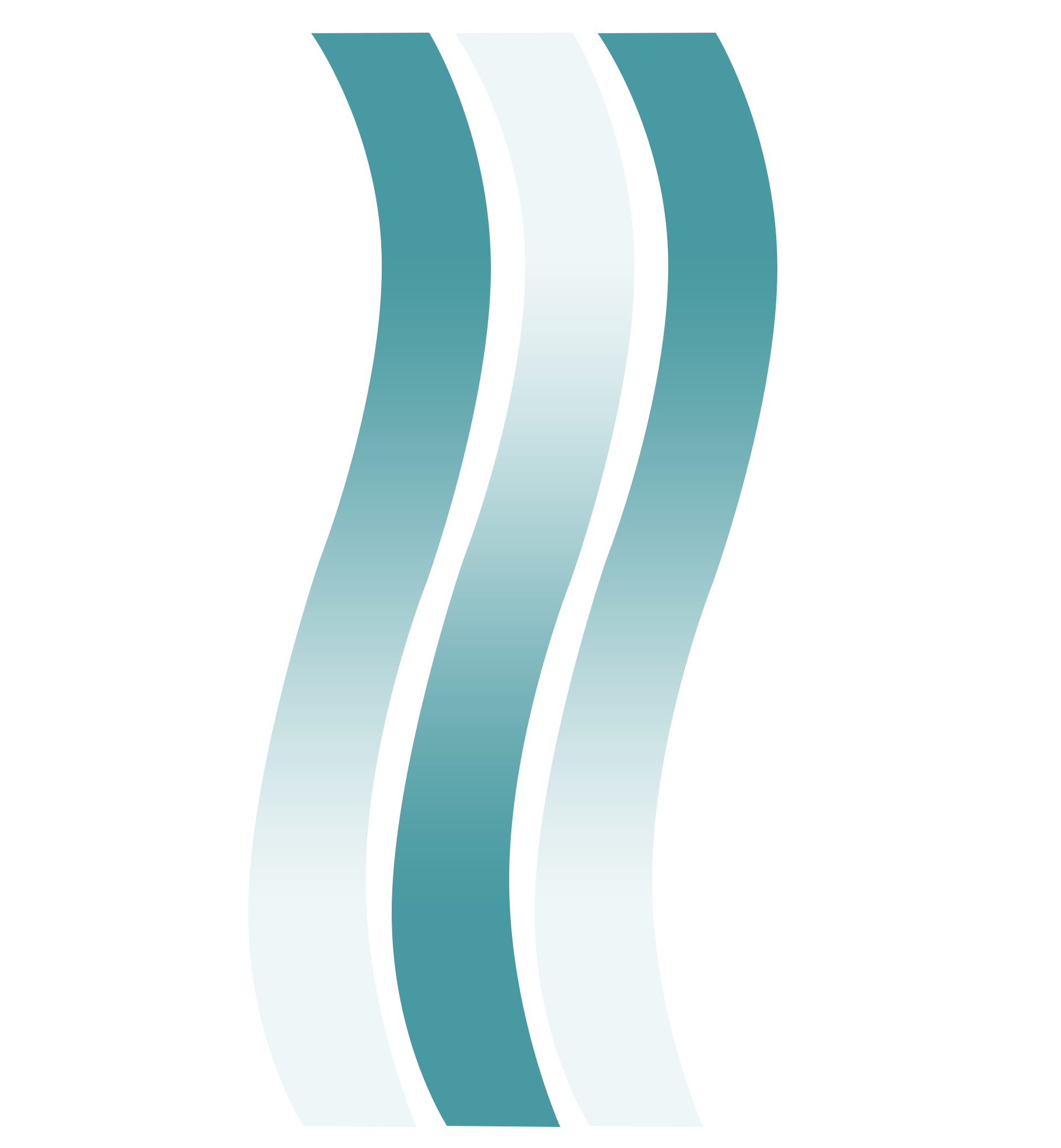BACK AND NECK CONDITIONS
HERNIATED DISC
The vertebrae that form the spine in your back are cushioned by small discs. These discs are round and flat, with a tough, outer layer, called the annulus fibrosis which surrounds a jelly-like material, called the nucleus. Located between each of your vertebra in the spinal column, these discs act as shock absorbers for the spinal bones. Thick ligaments attached to the vertebrae hold the pulpy disc material in place.
A herniated disc (commonly called a slipped or ruptured disc) is a fragment of the disc nucleus that is pushed into the spinal canal through a tear or rupture of the annulus fibrosis, or covering of the disc. Due to this displacement, the disc presses on spinal nerves, often producing pain, which may be severe. Herniated discs are more common in the lower back (lumbar spine), but also occur in the neck (cervical spine). The area in which you experience pain depends on what part of the spine is affected.
BACK PAIN
Back pain is one of the most common health complaints, second only to headache. Although it can affect any area of the spine, back pain most often occurs in the lower back (lumbar region). Back pain can be acute – that is to say, sudden and generally apparent for a few weeks or chronic – pain lasting for more than 3 months. With regards to chronic pain, the condition may get progressively worse, although the pain is usually not as intense as the pain associated with an acute episode.
The development of back pain can be attributed to injuries such as a sprain/strain. Bone disease (e.g., osteoporosis), metastatic cancer, and degenerative spine disorders can cause back stiffness and pain as well. Conditions associated with back pain include may include spondylosis, scoliosis, spinal stenosis, vertebral compression fractures, degenerative disc disease and herniated discs. Surgery is often unnecessary for the treatment of back pain; however, minimally-invasive or open surgery may be an alternative to conservative, non-surgical treatment.
NECK PAIN
Neck pain can be attributed to a myriad of causes, e.g., abnormalities in the bone or joints, trauma and sprains/strains, poor posture, herniated discs, infections, vertebral compression fractures, arthritic disorders and tumors. Chronic neck pain (3 or more months), along with numbness or tingling in the upper extremities/appendages, suggests degenerative onset in the spine, while cervical spondylosis refers more to cumulative wear and tear of the joints. Both chronic pain and cervical spondylosis are reported more often in persons over the age of 40 but most certainly can occur in younger adults. Symptoms of neck pain can range from pain, headache and stiffness – comprising the most common of symptoms.
As for the treatment of neck pain and back pain, symptoms can most often be remedied by conservative means, such as anti-inflammatory medication, muscle relaxants, cold/heat therapy, braces or physical therapy. Treatment often includes the use of anti-inflammatory medication (such as Aleve or Motrin) and/or acetaminophen (Tylenol). Depending on the source of pain, drugs like muscle relaxers and even antidepressants might be helpful. Pain also may be treated with a local application of moist heat or ice. Epidural steriod injections or nerve blocks may also be helpful. For both neck and shoulder pain, movement exercises may help. For cases in which nerve roots or the spinal cord are involved, surgical procedures may be necessary. As with back pain, minimally-invasive surgery may be considered as an alternative to ineffective conservative treatments.
.
DEGENERATIVE DISC DISEASE
Contrary to its name, degenerative disc disease is not a disease. Instead, the term is used to best describe the aging and accumulated wear and tear of spinal discs, ligaments, joints and bones. Degenerative disc disease can occur anywhere along the spinal column but most often affects the lower back. Due to the biological makeup of discs, they cannot repair themselves once having been exposed to trauma and deterioration. Degenerative disc disease causes discs to dry out, lose height and become stiff.
Furthermore, disc height loss can induce nerve impingement (numbness, tingling or weakness in the extremities), inflammation and pain – the leading symptoms of degenerative disc disease. Treatment correlates to the level of pain incurred from degenerative disc disease – bed rest or restricted activity best suits mild pain; anti-inflammatories, steroidal injections and/or physical therapy is most often prescribed for short-term moderate pain. Surgery, including fusion, artificial disc replacement, and discectomy and laminectomy, may be required to treat severe, debilitating pain and diminished size of the foramina of the opening in the bone where the spinal nerves exit the spinal canal.
.
SPINAL STENOSIS
Spinal stenosis is caused by a gradual narrowing of the spinal canal. Spinal stenosis usually occurs as a person ages and the discs, joints and ligaments begin to degenerate. At the same time, the bones and ligaments of the spine grow larger due to arthritis or long-term inflammation. Other causes may include osteoarthritis, spondylolisthesis, tumors, spine trauma or congenital conditions. Individuals with spinal stenosis may experience numerous symptoms in both the cervical and lumbar regions. Cervical stenosis may cause neck pain, pain/weakness/numbness in the upper extremities, impaired motor function, bowel and/or bladder changes, and altered gait or balance. Lumber stenosis can encompass lower back pain, pain/weakness/numbness in the legs or buttocks, difficulty walking or standing for extended periods, foot disorders and neurogenic claudication (painful cramping or weakness in the legs originating from a problem with a nerve). The treatment for spinal stenosis may include medication, physical therapy, steroid injections or surgery for decompression of the nerves and spinal cord.
To schedule an appointment with Dr. Summers, please call: (985) 419-7767.
